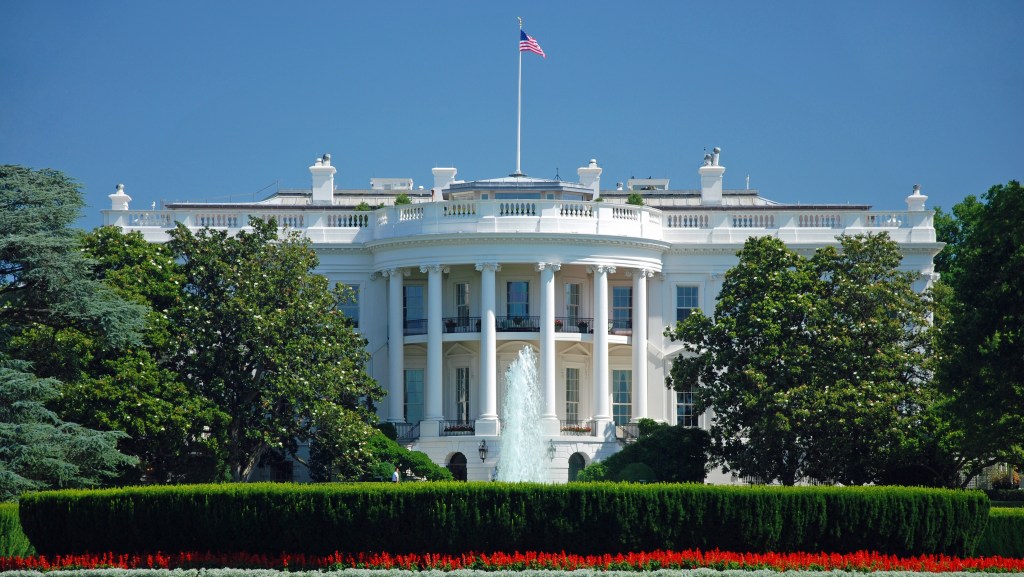As the current administration continues implementing cuts as part of its Department of Government Efficiency (DOGE) initiative, the aquatics industry and water-safety advocates continue to adapt to funding losses.
Deep cuts at the Centers for Disease Control and Prevention mean that the agency has stopped providing funds for the Model Aquatic Health Code. Additionally, some staff who worked on the MAHC have been let go.
A change in approach also is expected to have an impact, said Kevin Post, who serves on the Council for the Model Aquatic Health Code (CMAHC) as president of the Board of Directors.
The CMAHC, which coordinates the updating and research for the model code, was told that the administration prefers a lighter approach to regulation. Because of that, Post said, the CDC isn’t expected to support or make changes to the MAHC within the next few years. The agency had been the biggest sponsor, so the funding loss amounts to a substantial financial hit for the MAHC.
However, Post said the change shouldn’t prove too disruptive, as a MAHC update has recently taken place. The CMAHC had already planned to extend the time between updates from three to five years, so it won’t be due for a new version for a few years yet.
In addition, the organization had an eye to becoming self-sustaining at some point. CDC projects such as the MAHC often are considered impermanent, with the agency stopping financial support when the program becomes more established. So CMAHC officials suspected it may have stopped receiving funding in the future.
“All this did was accelerate the need for it,” Post said.
In the meantime, the industry is working to fill funding gaps and stay on track. “We are bringing in sponsorship dollars so we can keep staff paid [and] keep the committees and research going,” Post said.
Water-safety groups are similarly pulling together to fulfill tasks that originally would have been performed by the CDC or the Consumer Product Safety Commission, which has undergone its own deep cuts and has removed support for the Virginia Graeme Baker Pool and Spa Safety Act.
“In spite of these cuts… the field has stepped up amazingly well,” said Megan Ferraro, chair for the U.S. National Water Safety Action Plan and executive director of the ZAC Foundation. “There have been some bright spots in what has been a frustrating time.”
Because of deep cuts at the CPSC, support for the VGBA and associated Pool Safely program has been eliminated. Grants that had been enacted by the VGBA for states and localities that passed water-safety legislation were not activated this budget session.
As for the U.S. National Water Safety Action Plan, which had received support from the CDC, more states and municipalities continue to fund the development of their own plans, Ferraro said. New Jersey and Hawaii released their strategies this year. Central Florida and New York’s Suffolk County, which both suffered more drowning losses than normal last summer, are close to completing theirs.
To help with these efforts, organizations representing the aquatics, pool industry, and water-safety spaces are providing both funding and manpower to fill the gaps, Ferraro said.
Industry Responds to Additional Federal Cuts
As federal agencies continue to see cuts, the aquatics and water-safety communities find ways to maintain programs.
1 MIN READ

Adobe Stock
The White House in Washington DC
This article was originally published on Aquatics International